
IRIS login | Reed College home Volume 96, No. 2: June 2017
The Debate over Hum 110
Intellectual discovery, academic rigor, robust debate, and the pursuit of knowledge—these qualities have defined Reed since its first classes in 1911 and are the tenets that inform the interdisciplinary course known as Humanities 110.
The goals of Hum 110 are to introduce students to college-level work, illustrate Reed’s distinctive approach to teaching, and provide rigorous writing instruction. Through critical engagement with significant works of literature, art, and architecture, students learn to transform experience into meaning.
The course is evaluated by faculty every 10 years and is under review now, during fall 2017. The decadal evaluation was moved up one year in response to the urging of the student group Reedies Against Racism (RAR). The results of the review will be presented in late fall 2017.
Continue reading The Debate over Hum 110
Reed Faculty Adopts Anti-Racism Statement
The Reed faculty voted to adopt an anti-racism statement at its regular meeting on Monday:
REED ANTI-RACISM STATEMENT
Reed College is committed to fostering an environment in which students, faculty, and staff from all backgrounds can live, work, and learn free from the insidious and debilitating effects of prejudice, discrimination, and marginalization.
Racism in all its forms is antithetical to this commitment. Racism occurs with and without malicious intent, often as a result of unconscious bias. We recognize that the effects of racism are caused not only by the isolated actions of individuals, but also by the policies and practices of institutions. Whether intentional or unintentional, individual or institutional, racism is harmful and dehumanizing and has adverse effects on our community.
We acknowledge the historical legacy of exclusion and marginalization in higher education. We affirm our responsibility to continuously learn about and disrupt systems of privilege, inequality, and oppression, and to reform our programs, policies, pedagogy, and practices in accordance with this responsibility.
Continue reading Reed Faculty Adopts Anti-Racism Statement
Reed Launches Neuroscience Major
Starting this semester, Reed is offering a major in neuroscience, making it the first college in Portland to provide undergraduates with a full immersion in the field, and one of very few in the Pacific Northwest.
Neuroscience is sometimes considered a specialized area that can only be pursued by graduate students at big R1 research institutions. But recent developments in technology have put powerful research tools within the reach of undergraduate colleges. At the same time, researchers are coming to understand that success in neuroscience requires requires skills that are the hallmark of a liberal-arts education: critical thinking, creativity, and teamwork.
“The neuroscience major harnesses existing strengths to everyone's benefit,” says Prof. Nigel Nicholson, Dean of the Faculty. “It recognizes the innovative work being done in the field by Reed faculty members in the biology and psychology departments, builds on the excellent working relationship between the two departments, and responds to growing student interest in this important area.”
Continue reading Reed Launches Neuroscience Major
Reed College Supports DACA
In November of 2016, I joined 639 other college and university presidents in urging President Trump to uphold and continue the Deferred Action for Childhood Arrivals (DACA) program. I reiterate now what we stated then; DACA should be upheld, continued and strengthened.
DACA is a moral imperative and a national necessity. The program supports talented students who have been raised and educated in the United States and are a part of our national and local communities. They represent what is best about America, and as scholars and leaders they are essential to our future.
With DACA protections, countless individuals have been able to pursue opportunities in business, education, high tech, and the nonprofit sector. They have gone to medical school, law school, and graduate schools in numerous disciplines. They are actively contributing to their local communities and economies.
Continue reading Reed College Supports DACA
Hum 110: the Lost Lecture
The campus debate over Hum 110 is as lively as ever, and it had an unfortunate consequence this week—the first lecture of the semester was called off due to interruptions from student protesters. Thanks to the magic of the internet, however, the presentation need not be lost to posterity. In fact, I found this lecture by Prof. Lucía Martinez Valdivia so compelling I decided to post it in its entirety (with permission from Prof. Martinez Valdivia, of course.)
Origins, Canon, Instability
Continue reading Hum 110: the Lost Lecture
Is Gilgamesh Relevant?
Prof. Nathalia King [English] gave a commanding lecture yesterday in Humanities 110 on the Epic of Gilgamesh, the ancient Mesopotamian text that was lost for almost 2,000 years before being rediscovered in 1853. During the course of her lecture, she made several thought-provoking insights into this astonishing work of art. She also provided an intellectual justification for Hum 110 using an argument I had never thought of before.
Hum 110 (whose official name is "Greece and the Ancient Mediterranean") has come under fire in the last couple of years for being too white, too male, and too Eurocentric—or to put it another way, that the course is not relevant to today’s multicultural world. In fact, the Hum 110 syllabus has undergone dramatic revisions over the years. Many texts have been dropped, many others have been added, and the faculty are currently reworking the syllabus. Nonetheless, many people continue to ask why 18-year-olds should have to study Gilgamesh, the Iliad, the Republic, and so on.
Prof. King’s remarks on Hum 110 are excerpted below and have been edited for clarity.
Continue reading Is Gilgamesh Relevant?
Total. Reed.
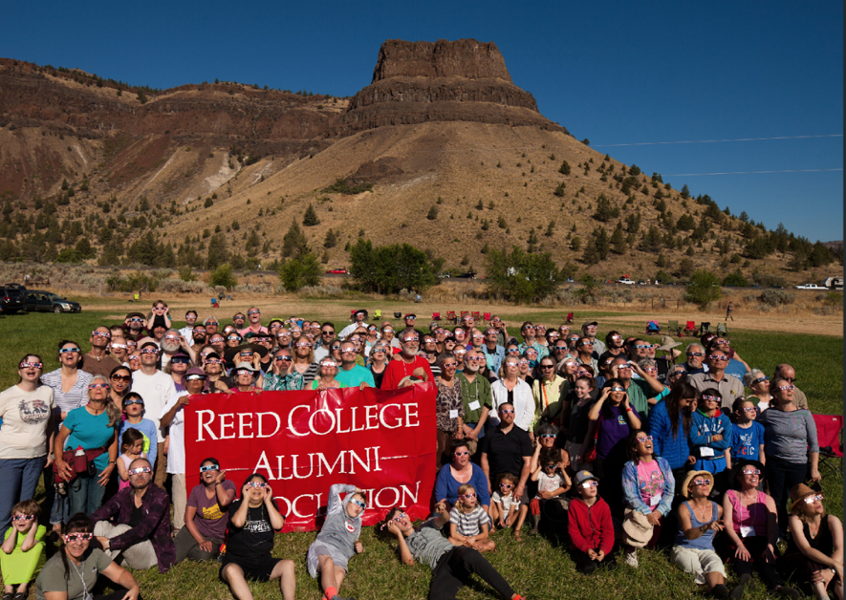
On the day of the “Great American Eclipse,” 175 Reed alumni and their friends and families tilted back their heads and peered towards the cloudless azure sky, counting down the minutes to 10:21 a.m.—the first moment of totality. Beneath layer rocky buttes, they spread out in clusters of camp chairs on a green irrigated pasture not far from the John Day Fossil Bed National Monument in Eastern Oregon.
When the moon revealed the sun’s ethereal and shimmering corona, old and new friends traded gasps of open-mouthed awe. For two thrilling minutes, parents, children, and grandparents witnessed an event that comes only once or twice in a lifetime. As the eclipse waned, stories of seeing diamond rings and rippling shadows wove together with reflections on how good it felt to share a rare human moment of wonder.
This singular experience was the fruit of months of meticulous planning spearheaded by Mike Teskey, fearless director of Reed’s Alumni Initiatives. Forty-eight hours earlier on Saturday, two highway buses, four vans packed with gear, and a caravan of assorted vehicles left campus for a Reedie eclipse extravaganza. With no small amount of effort, Mike and his crew coordinated the movement of alumni spanning more than five decades to hiking and fossil digging side trips before getting everyone settled at three large campsites around Kimberly, Oregon.
Continue reading Total. Reed.
Reed Welcomes the Class of ’21
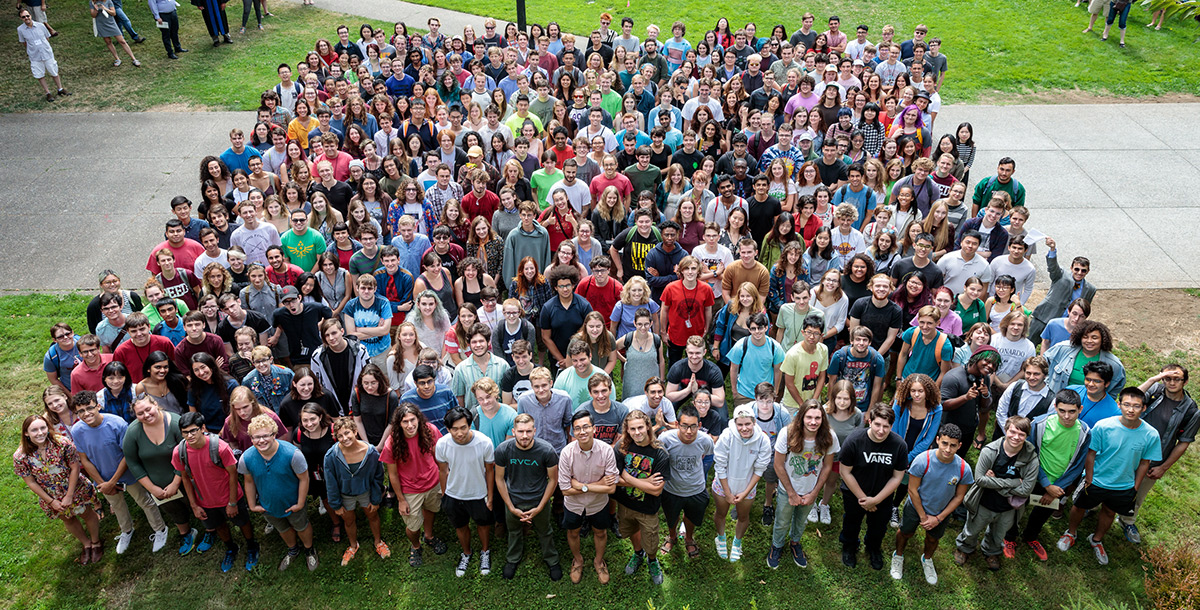
Welcome to Reed College, Benjamin and Isabel. Just two days after earthlings watched the moon obscure the sun, Reed seated its class of 2021—a collection of stars not likely to be eclipsed any time soon—at Convocation. With 414 students, it is the second-largest class in Reed’s history, and 12% of these students were valedictorians of their high school classes. They hail from 19 countries, including the United States, with California leading the states in student representation with 95 students, followed by Oregon (34), Washington (32), New York (23), and Texas (16). Among the many nations represented are Armenia, Georgia, India, Kuwait, Nepal, Pakistan, the United Arab Emirates, and Zimbabwe. Eleven percent are the first in their family to attend a four-year college. The most popular names in the class are Benjamin and Isabel, with six of each.
The class was drawn from a pool of 5,652 applicants, with an admittance rate of 35%, and another 17 students entered as transfers. Fifty-nine percent of the students ranked in the top 10% of their high school class, and the median scores on their SAT tests places them at the 96th percentile nationally, with scores of 694 for evidence-based reading, 694 for writing, and 707 for math.
It is also a diverse group, with 30% coming from multicultural families in the U.S., and another 15% arriving as international students. While the national average of the number of colleges students apply to is seven, the average for the discriminating Reed student to is 11. A number of students in the Class of ’21 are following in the footsteps of mom and dad, with 18 having parents who also attended Reed, qualifying them for membership in Offspring of Reed Generations of Yesteryear.
Continue reading Reed Welcomes the Class of ’21
Physicists use AI to Probe Mystery of Subatomic Jets

Several thousand miles away, on the Franco-Swiss border, scientists at the Large Hadron Collider smash protons together at near-light speed, producing streams of highly energetic particles known as jets. Much closer to home, Reed’s own newly minted alumnus Kaustuv Datta ’17 studies data from these jets to figure out new ways of extracting information from them. In fact, Kaustuv and his advisor Professor Andrew Larkoski had so much success in analyzing these subatomic streams that results from his thesis were recently published in the Journal of High Energy Physics in an article titled “How much information is in a jet?”
Kaustuv offered this analogy to help you understand his research: imagine trying to tell a computer the difference between an object that is a cat and one that is not a cat. You would begin by telling the computer features of the cats (whiskers, paws, tails, etc.) until it knew enough about cats in general to identify any cat. These distinctive features are known in the physics world as “observables.” Kaustuv’s research revealed that a computer only needs a finite set of these observables to identify a jet. In other words, there comes a certain point when any more descriptors of the cat become redundant—and only slow the analysis down.
Jets are important to theoretical physicists because they contain information about the bizarre subatomic particles that are briefly liberated by the collisions. Although they only persist for a few microseconds, these particles represent elemental states of matter. By studying them, physicists hope to learn more about the structure of the universe.
Continue reading Physicists use AI to Probe Mystery of Subatomic Jets
“You Can Do Anything,” a Business Writer’s Ode to the Liberal Arts
George Anders is the bestselling author of five business books, including The New York Times bestseller Perfect Enough about how Carly Fiorina helped restructure Hewlett Packard’s business model and stopped the company’s steep decline. He also wrote The Rare Find, about how hiring managers can do a better job of recognizing exceptional talent, and the follow-up book Becoming a Rare Find. In between authoring business books, Anders pens articles for the likes of Wall Street Journal, Forbes, and Fast Company. So, you may be wondering, what possible interest could Anders have in Reed College?
In his latest book, You Can Do Anything: The Surprising Power of the “Useless” Liberal Arts Education, Anders comes to the conclusion that “in a tech-dominated world, the most needed degrees are the most surprising: the liberal arts.” Those most familiar with the liberal arts education might suggest that Anders remove the word useless and move the scare quotes to “Surprising Power,” but they will agree with the book’s insight:
“Curiosity, creativity, and empathy aren't unruly traits that must be reined in. You can be yourself, as an English major, and thrive in sales. You can segue from anthropology into the booming new field of user research; from classics into management consulting, and from philosophy into high-stakes investing. You can bring a humanist’s grace to our rapidly evolving high-tech future. And if you know how to attack the job market, your opportunities will be vast.”
Continue reading “You Can Do Anything,” a Business Writer’s Ode to the Liberal Arts
Tyler Nordgren ’91 Sees the Solar Eclipse in its Totality
Totality. When the darkness comes, Tyler Nordgren ’91 will be ready.
A passionate advocate for astronomy and stargazing, Tyler is the author of Sun Moon Earth: The History of Solar Eclipses From Omens of Doom to Einstein and Exoplanets, and he is is going above and beyond to celebrate the total solar eclipse on Monday, August 21. He has created a series of posters that educate the public about this momentous event, and he worked with Rainbow Symphony to design eclipse glasses for the National Park Service (NPS).
Tyler is a professor of astronomy and physics at the University of Redlands and a former board member of the International Dark Sky Association. He works extensively with the NPS on night-sky preservation and education and has led astronomy-themed trips to Italy (studying Galileo), rafting the Grand Canyon, and to Alaska for the northern lights and an occasional eclipse. This eclipse will pass through 14 states, from Oregon to South Carolina, the first since 1979 to pass over mainland United States. Tyler saw the total eclipse in Europe in 1999, and tells The Guardian that "nothing compares to the multisensory experience a solar eclipse offers." Also, he comments on how this phenomenon has been perceived throughout history in an OPB video.
Continue reading Tyler Nordgren ’91 Sees the Solar Eclipse in its Totality
RIP Prof. Scott Smith, Historian and Humanist
The Reed community mourns the loss of Prof. Scott Baldwin Smith, 53, visiting assistant professor of history, Russian, and humanities from 1997 to 2002. He succumbed to lung cancer on July 22, 2017, at his home in Southeast Portland, surrounded by family and close friends.
An electrifying and devoted teacher, Prof. Smith forever touched a generation of Reed students. Possessed of astonishing intellectual range, he taught courses in three departments, and across many boundaries: disciplinary, geographical, linguistic, and conceptual. A historian of the highest rank, he trained a cadre of Reed students who became professional historians and Slavists. He was equally committed to shaping the lives and minds of students who went on to do vital work outside of the academy. In his final days from his hospice bed, he gave a riveting lecture on sexual politics in Gogol’s “The Nose” to several former students, and described the thrill of revisiting his most beloved texts and seeing them with fresh eyes.
Born in Massachusetts, he attended Phillips Academy Andover, where his father Nat taught mathematics: pedagogy was in his DNA. After earning his BA at Yale in 1986, he attended Harvard University, where he was awarded an AM in 1991 and a PhD in 1995, both in history. For several years he served as a lecturer on history and literature at Harvard, before taking up a position as visiting assistant professor of history and humanities at Reed.
Continue reading RIP Prof. Scott Smith, Historian and Humanist
Senior Wins Award for Thesis on Chilean Art Resisters
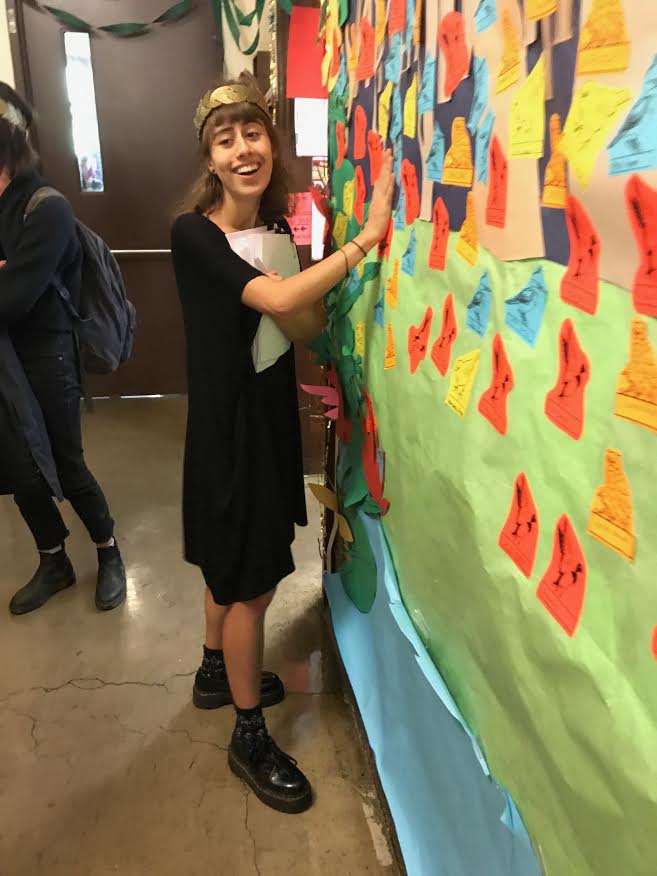
History-literature major Flavia Bortoleto ’17 has won the Lankford Award for her thesis, “Temporary Marginalities: The Role of the Artist-Intellectual in Resisting Dictatorship in Chile (1973-1988).”
The award, named for the late Prof. Bill Lankford [English 1977–83], recognizes accomplishment in both history and literature and is given to students with outstanding academic records and strong potential for further achievement.
“My thesis focused on analyzing artist-intellectuals' representations of marginal subjects, such as shantytown residents, during the Pinochet dictatorship,” Flavia says. In particular, she explored the work and reception of an artist-activist group named CADA (Colectivo Acciones de Arte), whose visual and performance pieces questioned the rule of General Augusto Pinochet, the Chilean dictator who seized power in a 1973 coup secretly backed by the CIA.
Continue reading Senior Wins Award for Thesis on Chilean Art Resisters
12,280 Feet Later: Reedies Summit Mt. Adams
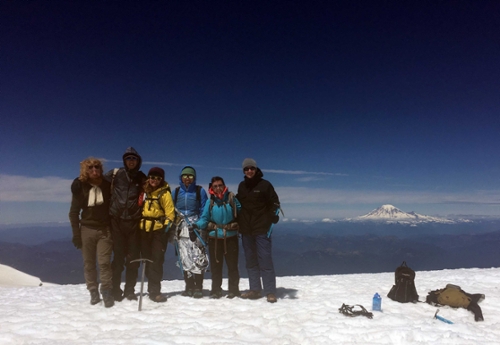
Six bold Reedies. Six long miles. And 12,280 unforgiving feet.
The Reed Outing Club mounted an expedition to Mt. Adams last week, reaching the peak of the majestic stratovolcano after a two-day hike that spanned six miles and an elevation gain of 6,700 feet.
The hardy crew included Katie McPherson ’18, Tiffany Thio ’19, Indra Boving ’19, Edward Zhu ’19, Zachary Beadle ’19, and Sumner Walters ’20.
Continue reading 12,280 Feet Later: Reedies Summit Mt. Adams
Senior Wins Award for Thesis on Cyberfeminism
Chinese major Ben Landauer ’17 has won the Unrue Award for their senior thesis on cyberfeminist poetry, focusing on three internet poets based in China and Taiwan.
The Unrue Award recognizes outstanding work in the Division of Literature and Languages. It was created with a gift from John and Darlene Unrue in memory of their son Greg Unrue ’84, who died in 2008.
Ben began to research online Chinese poetry during a study-abroad in Bejing in 2016. That research led to a 15-page research paper their junior year, which led in turn to a senior thesis titled “Cyberfeminist Poetics in China and Taiwan: Zhai Yongming, Yin Lichuan, and Xia Yu.”
Continue reading Senior Wins Award for Thesis on Cyberfeminism
Annual Fund Raises Record $4.6 million
Alumni, parents, and friends of Reed engaged in a flurry of passionate philanthropic support in the 2016-17 fiscal year, giving a record-breaking $4.638 million to the Annual Fund to support the challenging, rigorous, and transformative education that Reed provides.
Altogether, some 4,293 alumni made gifts to Reed, including 2,839 members of the Loyal Owl Society (for alumni who give for three years in a row.)
To inspire a strong finish, a challenge match was sponsored by trustee Deborah Kamali ’85 and Kevan Shokat ’86; trustee Konrad Alt ’81; and parents Steven and Diane Marrow.
Continue reading Annual Fund Raises Record $4.6 million
Bio Profs Win NSF Grant to Study Shapeshifting Cells

Your gastrointestinal tract may not seem like the most exciting part of your physical identity, but it is one of the most vital. Virtually every creature on earth, from the ant to the elephant, is built on a similar plan, organized around a tube that eats at one end and excretes from the other. But how does this majestic triumph of evolution actually take shape?
The way an organism takes shape—known as morphogenesis—remains one of the central puzzles of biology. Now two Reed scientists, Prof. Derek Applewhite [biology] and Prof. Anna Ritz [biology], have won a $589,000 grant from the National Science Foundation to lead a project investigating the mysterious signalling system that turns a blob of cytoplasm into a stomach or a spinal cord.
The Reed project will focus on non-muscle myosin II (NMII), a key protein that governs the shape of a cell. The researchers are seeking to better understand the sophisticated chain of command that switches NMII off and on. This chain begins with the architectural blueprints encoded in a cell’s DNA and ultimately generates the microscopic filaments that change the cell’s shape. For example, NMII triggers a process known as apical constriction, which turns round cells into wedge-shaped cells, beginning the process that will form the tubular formations that become spinal cords and guts.
Continue reading Bio Profs Win NSF Grant to Study Shapeshifting Cells
Defining Your Own Career
Saturday of Reunions 2017,
Continue reading Defining Your Own Career
Westwind’s Whisper Echoes Still
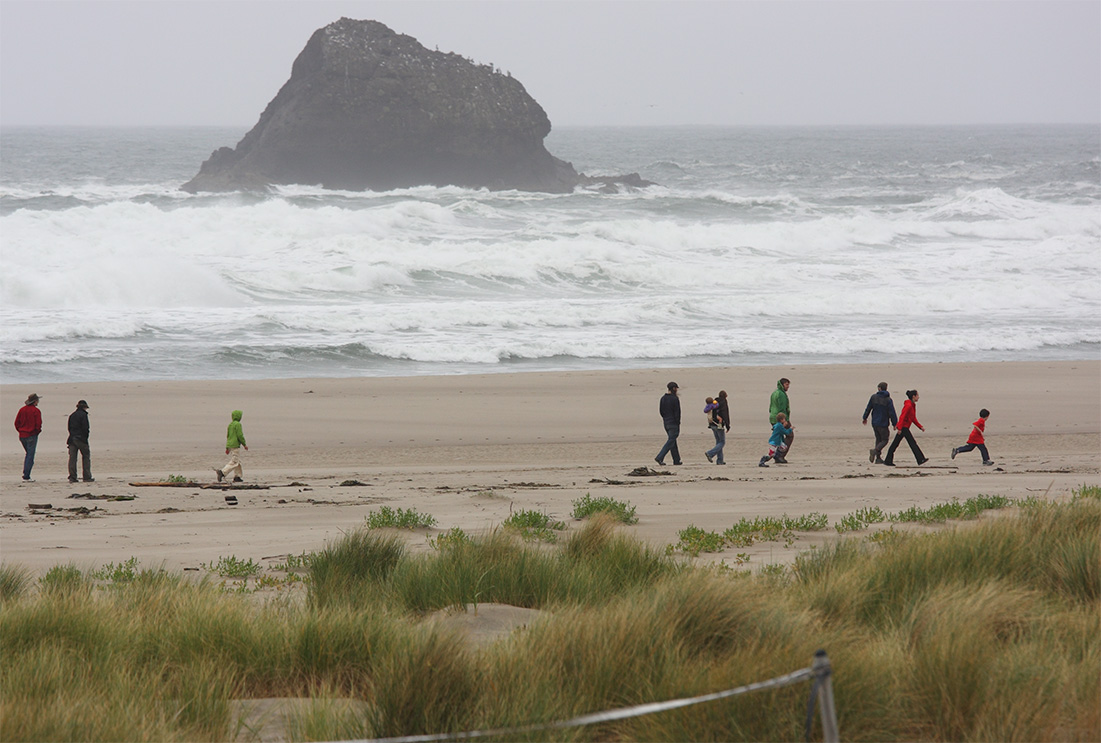
Reedies gathered Saturday afternoon of Reunions 2017 to reminisce about Camp Westwind, the legendary annual retreat on the Oregon coast.
The session, led by Jim Quinn ’83 and Johanna Colgrove ’92, kicked off with a slideshow of the surf, cliffs, caves, and sunsets of the secluded camp.
As attendees treated themselves to cardamom pound cake—from a recipe that Johanna retrieved on Facebook from a former Paradox baker—Jim gave a history of Camp Westwind, starting with the collision of the North American and Juan de Fuca plates 50 million years ago. The camp itself, which was built by the YWCA in 1936, first hosted
Continue reading Westwind’s Whisper Echoes Still
New Initiative Helps Students Work for Social Justice
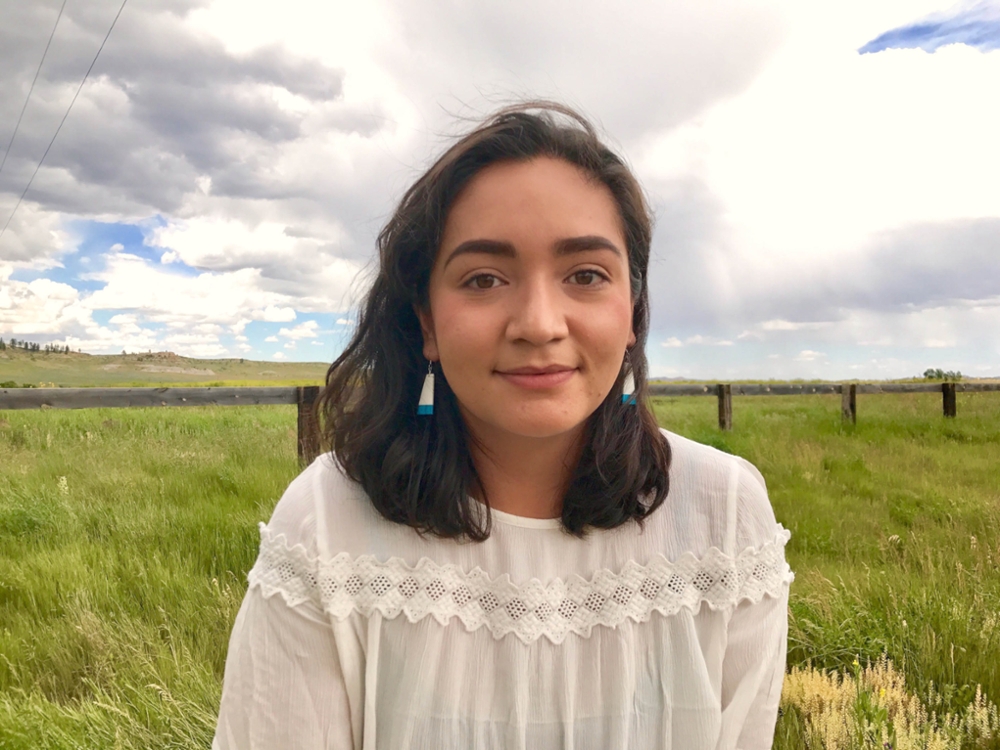
Studying tribal sovereignty among the Northern Cheyenne. The symbology of Afrofuturist art. Providing access to healthcare in Tanzania.
These are just a few of the projects that Reed students will undertake this summer thanks to the Social Justice Research and Education Fund, a new initiative sponsored by Reed’s Office for Institutional Diversity and the Center for Life Beyond Reed.
The fund was made possible by generous donations from Kathy and Alex Martinez ’73 and The Dudley T. Dougherty Foundation, and came in response to demands from Reedies Against Racism, who seek to make Reed a more inclusive and welcoming environment for people of color.
Continue reading New Initiative Helps Students Work for Social Justice
1 2 3 4 5 6 7 8 9 10 11 12 13 14 15 16 17 18 19 20 21 22 23 24 Next >

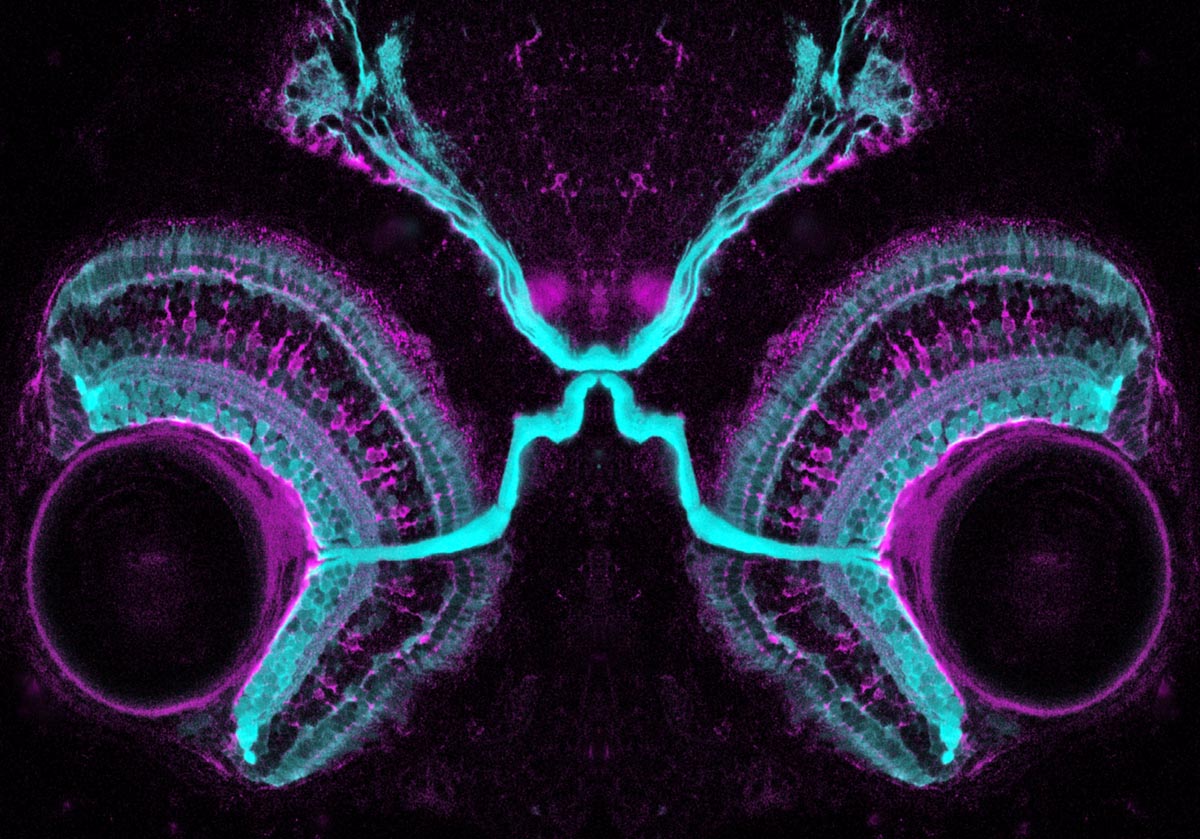
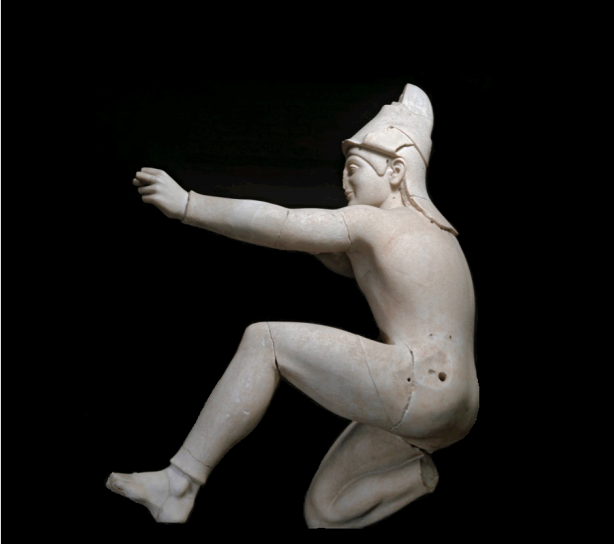
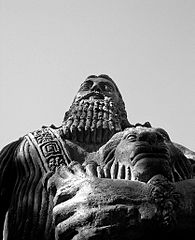
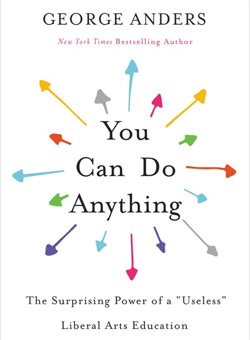

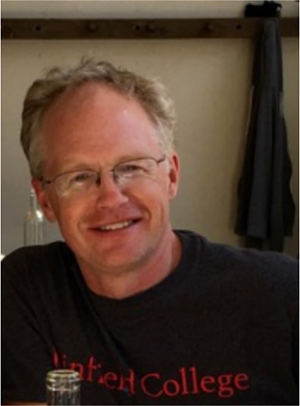


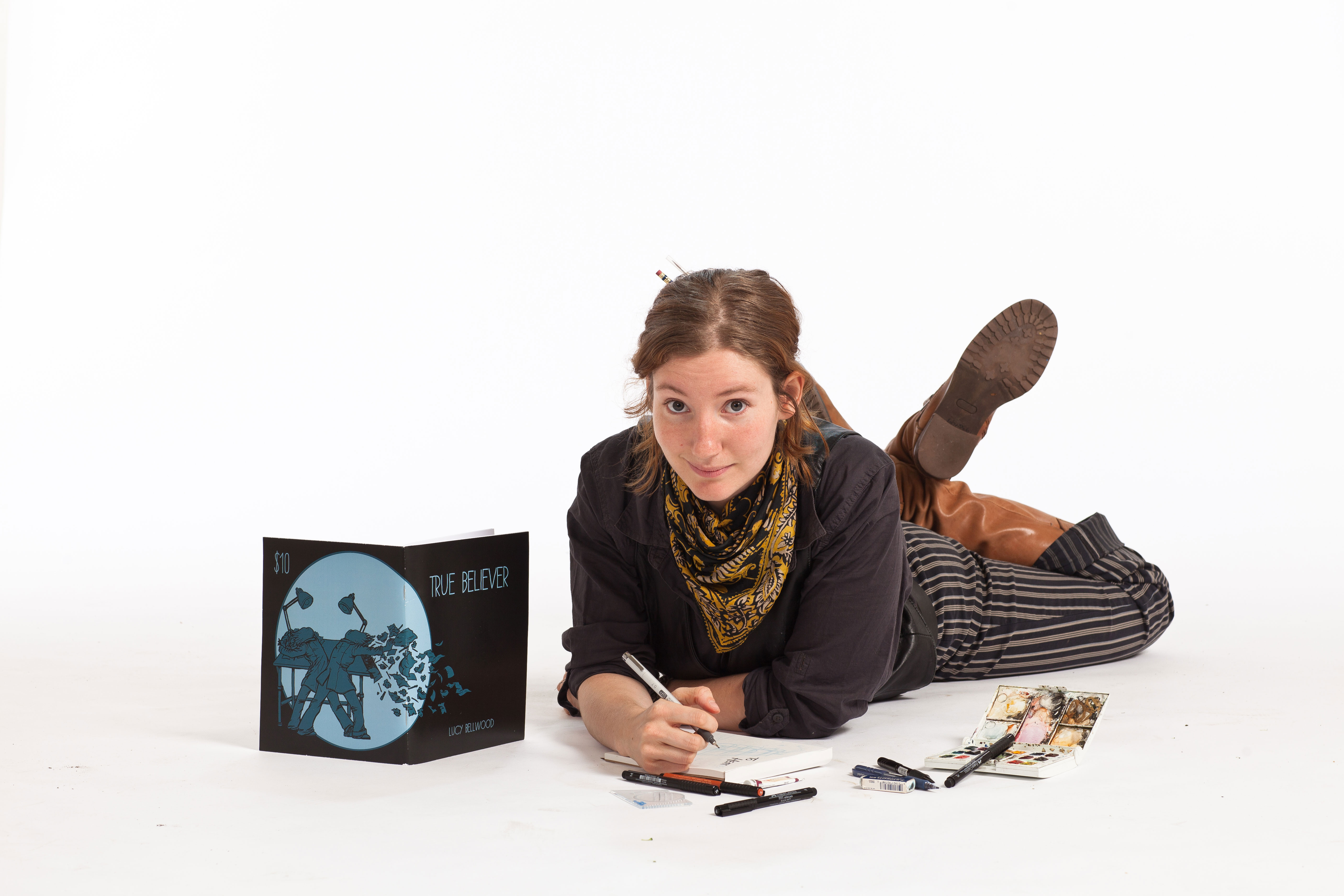

LATEST COMMENTS
steve-jobs-1976 I knew Steve Jobs when he was on the second floor of Quincy. (Fall...
Utnapishtim - 2 weeks ago
Prof. Mason Drukman [political science 1964–70] This is gold, pure gold. God bless, Prof. Drukman.
puredog - 1 month ago
virginia-davis-1965 Such a good friend & compatriot in the day of Satyricon...
czarchasm - 4 months ago
John Peara Baba 1990 John died of a broken heart from losing his mom and then his...
kodachrome - 7 months ago
Carol Sawyer 1962 Who wrote this obit? I'm writing something about Carol Sawyer...
MsLaurie Pepper - 8 months ago
William W. Wissman MAT 1969 ...and THREE sisters. Sabra, the oldest, Mary, the middle, and...
riclf - 10 months ago